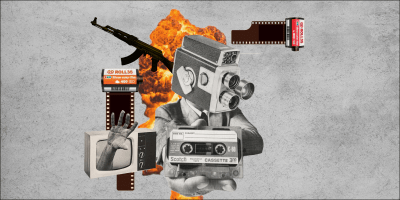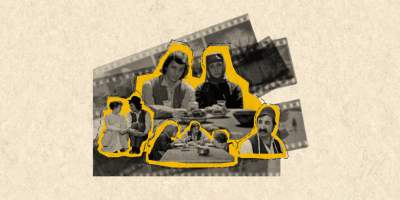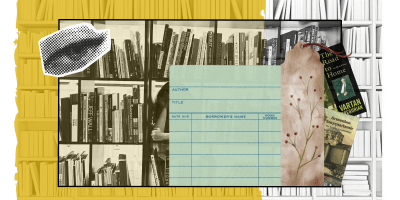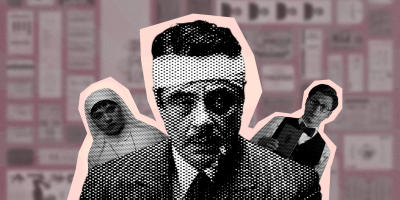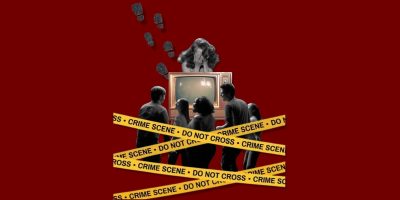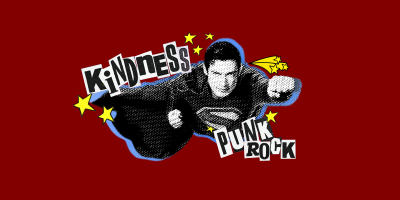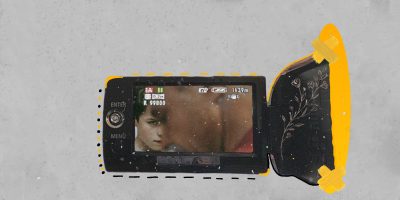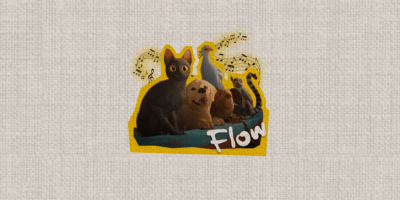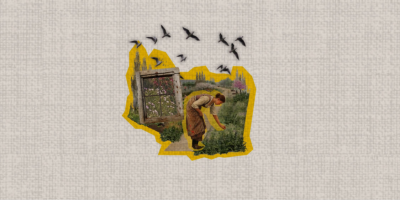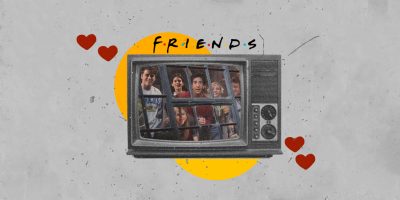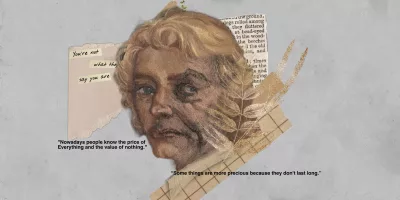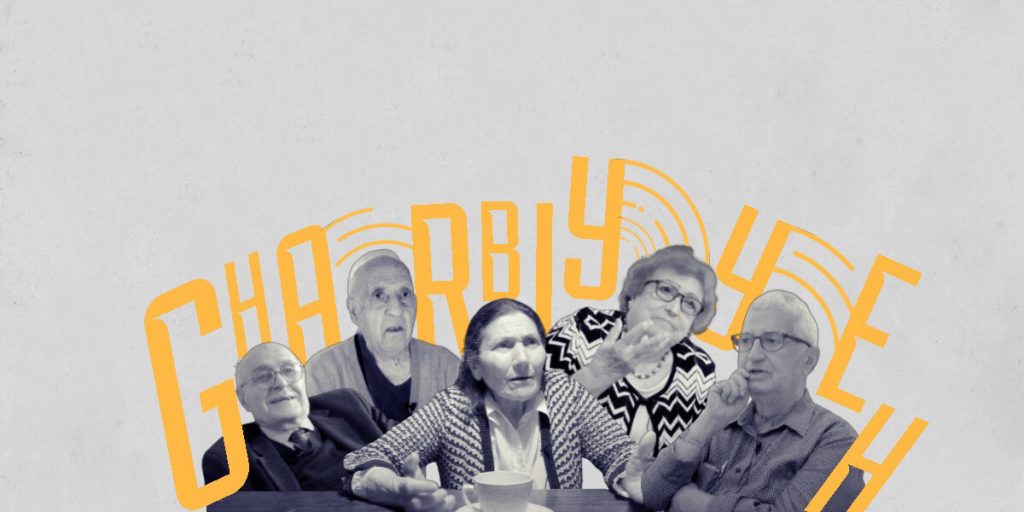
In the winding streets of Beirut, Lebanon, where different cultures mix and memories fill every corner, there is a forgotten story: West Beirut’s Armenian community.
Kourken Papazian, a Lebanese Armenian filmmaker in his mid-twenties who grew up in this neighborhood, has revived this lost world with his documentary Gharbiyyeh.
In this film, Papazian has kept the voices of a community that has been broken by time, war and forced displacement.
Gharbiyyeh (“western” in Arabic) is the part of Beirut where many Armenians lived after escaping the Armenian Genocide.
To many, west Beirut was more than just a neighborhood, it was a central space for a displaced community, a place of culture that had flourished until the violence of the Lebanese Civil War changed everything.
Papazian started this project because he strongly felt the need to record the story of a community that was on the verge of extinction.
Holding deep knowledge of west Beirut’s streets, he started capturing the last sounds of a once vibrant neighborhood. His goal was not only to record but also to remember and honor.
Papazian shed light on the pleasant and challenging times of this community before it was too late. These survivors, elderly people with memories of bustling markets, churches, and neighbors, were willing to share their stories, depicting their happiness and struggles.
The film, released at the end of 2021, is not merely a documentary; it is a mesh of memories, a tribute to resilience, and a farewell to those who have watched their world dissolve.
Gharbiyyeh unveils their lives in Beirut’s western neighborhoods through several heartfelt, personal interviews with residents who share stories of survival, loss, and their strong connection to home.
Watching this film, you not only learn about a place but also experience it.
There are 11 chapters of the film, each chapter unfolds like a quiet story, depicting Beirut as both a refuge and a battlefield for Armenians.
The first chapter, “Like a Beehive,” recalls a time when the vibrant Armenian community thrived in West Beirut, where Armenian culture and language flourished. The streets buzzed with life, and everyone felt connected until conflict disrupted their world.
In “Packed,” we see how gatherings at places like Vasbouragan Hall united the community, celebrating their culture while also standing strong in the face of challenges.
The chapter “They Were Only Four Church Clerks” reflects on the decline of the St. Nishan Church, once filled with families but now nearly empty. An elderly woman’s tears during a hymn express not just personal loss but a sorrow for a fading way of life.
“The Shop Burned to Ashes” illustrates the devastating impact of war, as one man’s shop, the result of twenty years of hard work, is reduced to ashes overnight. These stories reveal the deep connections and losses experienced by the Armenian community in Beirut.
Gharbiyyeh is a great work that shows both artistic beauty and keeps history alive. It’s a document of lives that would otherwise be lost to the passage of time, an archive of voices that might otherwise be silenced.
As a viewer, one can’t help but feel a deep sadness for this community that was once so full of life. But there’s also a fierce pride in knowing that these stories, though they come from a place of loss, will endure.
Watching Gharbiyyeh is like traveling in time, where the past is living in each and every scene. Papazian, with his kindness and skill, makes sure these memories stay alive.
The documentary is not simply a narrative of the life of Armenians in West Beirut, it’s an immensely moving experience that reminds us how fragile memory can be and how strong people can be.
With these stories, Papazian has created something much bigger than a film, he has given a voice to people who have been forgotten, a voice now resonating outside of Beirut, outside of Armenia, and out into the world.
For audiences, Gharbiyyeh reminds us how important it is to remember and how strong it is to speak for those who might not be heard in history.

